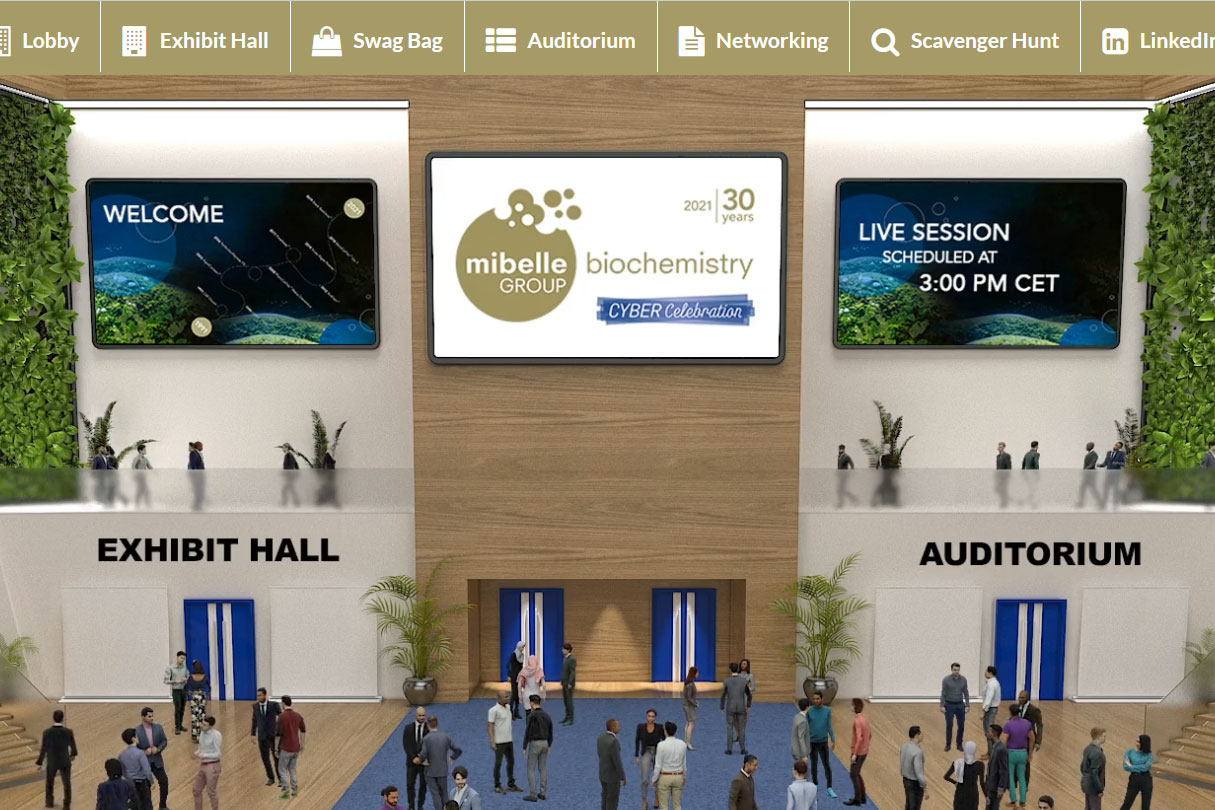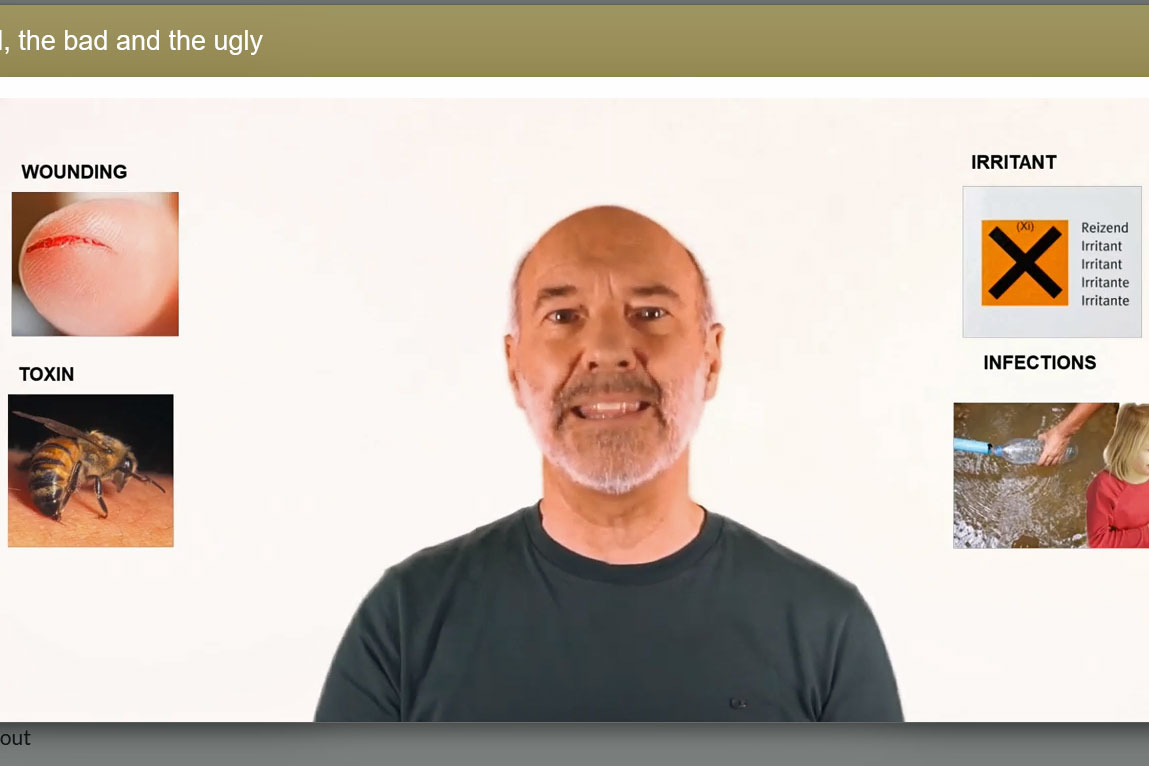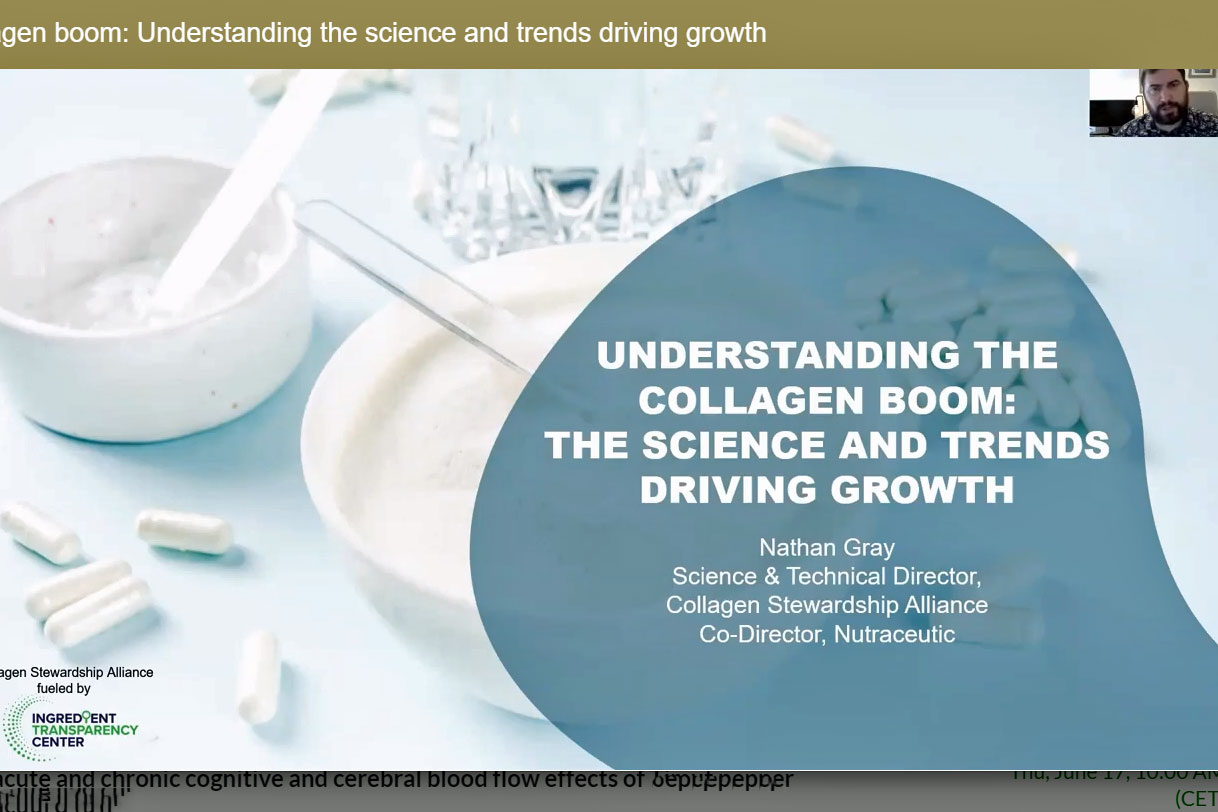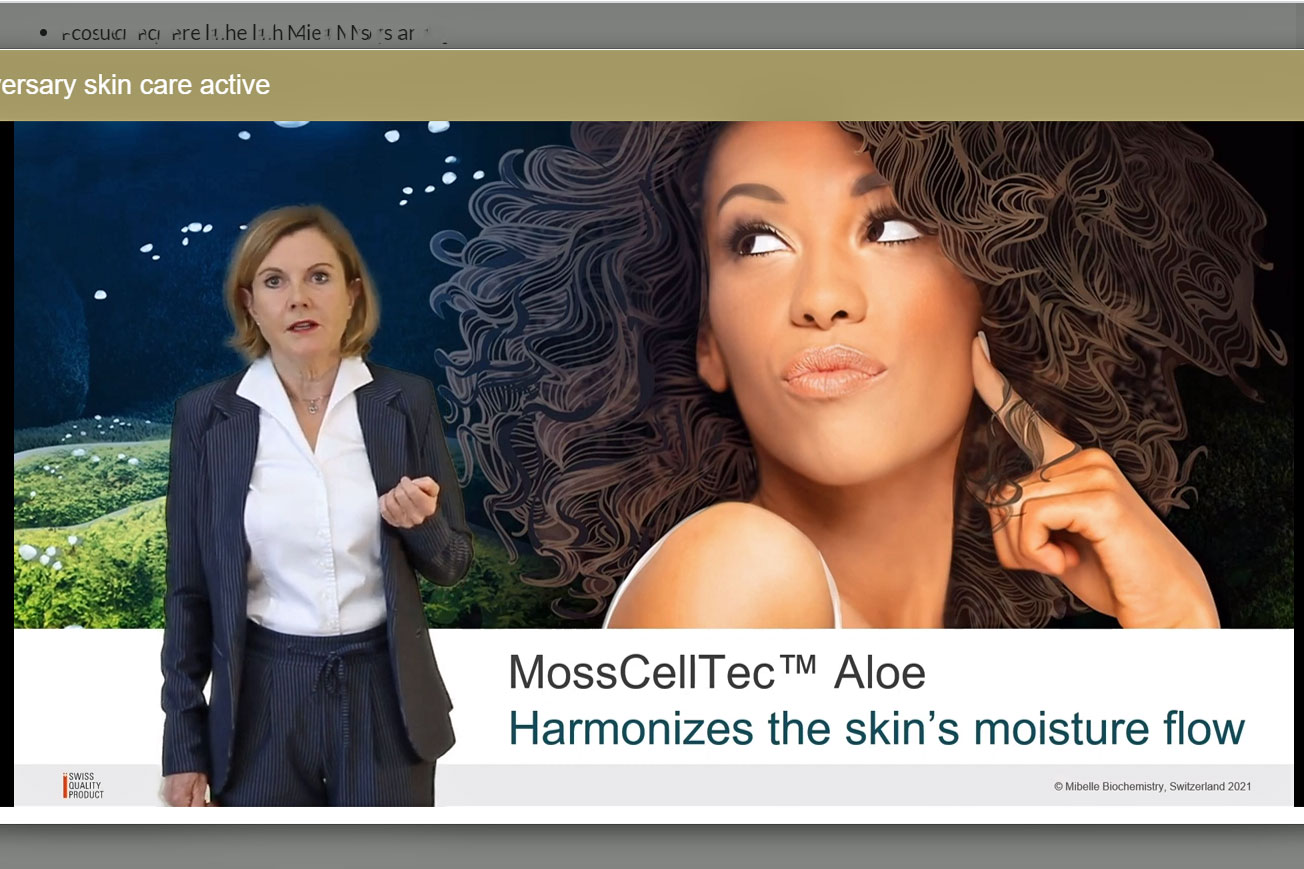This is a translation of my German blogpost Hinter den Beauty-Kulissen… ProTec Ingredia GmbH Proudly Presents: Fünf Aha-Effekte bei der Mibelle Biochemistry Cyber Celebration. Enjoy!
In cooperation with ProTec Ingredia // I already announced this at the end of last month’s Beauty Soap chapter: We have something to celebrate! This June I was a guest at Mibelle Cyber Celebration, a digital event commemorating the 30th anniversary of Mibelle Biochemistry. The Swiss company was founded in 1991 by Dr. Fred Zülli, and right from the start, Mibelle’s goal has been the development of scientific cosmetic ingredients based on innovative biochemical concepts. To celebrate its special day, Mibelle Biochemistry had organised a conference programme based on a truly impressive digital architecture. From the lobby area, you could either enter the Trade Show Hall or the Auditorium – and both locations looked so realistic! Here are five of my favourite moments from the conference.
Inflammations aren’t always bad
Mibelle Biochemistry’s digital day started with a fascinating lecture by molecular biologist Dr. Vanya Loroch who spoke on the topic of inflammations. Dr. Loroch managed to make complex scientific research really easy to understand: He believes that inflammations have a bad reputation and that we should develop a more nuanced view. Whilst the symptoms of acute inflammation such as swelling, pain or itchiness are certainly unpleasant, the processes underlying those symptoms are actually vital for our health – these physical reactions activate our immune system. For a healthy person, an inflammation is a normal and quite desirable reaction. Chronic inflammations, on the other hand, are the exact opposite: Here the immune system is out of control and will eventually cause an illness. The beauty industry is also characterised by this duality: Constant low-level inflammation aggravates and ultimately speeds up skin ageing. On the other hand, cosmetics manufacturers and beauty salons use acute inflammation reactions, such as those associated with micro-needling, to boost the skin’s regeneration process. So not every inflammation is necessarily a harmful thing!
There are different types of collagen
Collagen as a nutritional supplement has been trending recently; in the US you can even buy collagen popcorn. And this isn’t a particularly new trend either: The classic bone broth has had a long history as a beauty elixir in Asia and other parts of the world. Collagen is a structural amino acid-based protein in the body. As we grow older the percentage of collagen in our body decreases and our skin loses elasticity and firmness. However, as Nathan Gray from the ‘Collagen Stewardship Alliance’ pointed out in his lecture, replenishing this reduced collagen in the body isn’t easy. Native collagen can’t be absorbed by the human body at all and even gelatine can only be partially absorbed. Collagen peptides are more promising since they are characterised by a much higher body absorption rate. Unfortunately, there is not (yet) a plant-based collagen on the market although in future there might be biotechnologically manufactured types of collagen. However, you can always boost your body’s own collagen production with vitamin C!
Future megatrend: The healthy lifespan
Andrew McDougall from international market research group Mintel provided an insight into the future of beauty. In the presentation, McDougall highlighted ‘wellness and health’ as THE megatrend right now. His definition of health also includes mental health and skin health, by the way – after all, the skin’s microbiome continues to be a key focus area in international scientific research. However, sustainability, transparency regarding ingredients in beauty products, new technologies and inclusivity are closely connected with the concept of wellness and health as well.
Healthy ageing was also the key topic in the next group discussion: Dr. Fred Zülli and Dr. Franziska Wandrey from Mibelle Biochemistry were chatting with Prof. Dr. Collin Ewald from ETH Zürich University. Dr. Ewald has been using model organisms in his research on how to slow down age-related diseases. This will be a highly relevant field of study over the next few years: In today‘s fast-ageing societies there is an increasingly stronger desire to extend our “healthy lifespan”.
Indie brands are changing the world
Beauty Business editor Deanna Utroske from New York (see picture above) spoke about why the indie beauty brand movement has been so successful over the last few years, and how these brands are changing the entire cosmetics industry. Utroske pointed out that independent niche brands are often launched by women who tend to have a different business approach than established companies. The focus of any indie beauty brand is always the wish of its customers and/or the communication with its community on social media. As a result, transparency and sustainable ingredients sourcing is playing a key role in the concepts of most of these brands. Influential beauty retailers such as Sephora or Credo are further driving this development, drawing up their own standards for the products they sell and banning certain ingredients or packaging materials. The big cosmetics manufacturers are also increasingly changing their thinking, reevaluating the importance of sustainability or ethical sourcing for their business.
Moss is an ideal water manager
In a live session at the end of the anniversary celebration, Mibelle Biochemistry presented its latest ingredients launch: Curtains up for MossCellTec™ Aloe! This cosmetic active is biotechnologically manufactured from the rare Aloina aloides moss using the sustainable MossCellTec™ technology. The tiny plant (which doesn’t have roots, by the way) is a master of water management: The entire plant surface absorbs water from the air and then distributes it from cell to cell inside the plant. Since this moss is also called ‘aloe vera moss’ the new ingredient was christened MossCellTec™ Aloe. Both in-vitro and clinical studies have proven that MossCellTec™ Aloe improves cell communication, harmonising the water distribution within the skin. More information about this new cosmetic active is available on the Mibelle Biochemistry homepage and of course through ProTec Ingredia.
And speaking of ProTec Ingredia: In the next chapter of this beauty serial I will find out how the company’s team is helping cosmetic manufacturers to implement new projects. Stay tuned!






